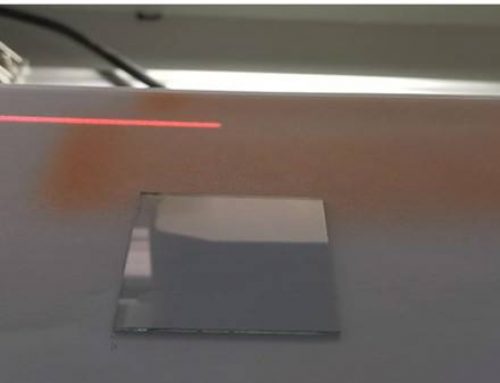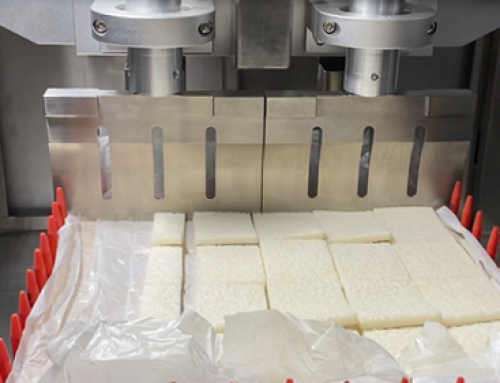PEMFC for aeronautic applications: A review on the durability aspects
Proton exchange membrane fuel cells (PEMFC)not only offer more efficient electrical energy conversion, relative to on-ground/backup turbines but generate by-products useful in aircraft such as heat for ice prevention, deoxygenated air for fire retardation and drinkable water for use on-board. Consequently, several projects (e.g. DLR-H2 Antares and RAPID2000) have successfully tested PEMFC power auxiliary unit (APU) for manned/unmanned aircraft. Despite the progress from flying PEMFC powered small aircraft with 20 kW power output as high as 1 000 m at 100 km/h to 33 kW at 2 558 m,176 km/h , durability and reliability remain key challenges. This review reports on the inadequate understanding of behaviour of PEMFC under aeronautic conditions and the lack of predictive methods conducive for aircraft that provide real-time information on the State of Health of PEMFCs.

PEMFC are not only considered for powering APU, but as multifunctional fuel cells (MFC) capable of producing drinkable water, generating useful heat, discharging oxygen-depleted air, recharging batteries, replacing Ram Air Turbine and power small electrical systems on-board (i.e. flight control and landing gear). Field testing has successfully shown that PEMFC are capable of providing energy in case of emergency as well as power electric nose wheel in commercial aircraft. Simulated laboratory testing under aeronautic conditions (i.e. vibrations, inclination/orientation, high altitude/low pressure and surrounding temperature) showed that performance loss can be minimized by tuning operating conditions (stack temperature, stoichiometric ratio, relative humidity, etc.).
Behaviour of PEMFC under aeronautic conditions is not well documented. The few studies conducted confirm that fuel cell performance is affected by the aeronautic conditions. The extent of the effect is not yet quantified. Hence it is crucial to conduct more research in order to establish differences/similarities between terrestrial and aerial effects on fuel cells. MFC operating conditions that are required for optimum quality of the by-products also affects performance and life of fuel cell. At this stage, research focuses on the quality of the products rather than the overall life of fuel cell. Establishing the effect of aeronautic conditions and MFC operating requirements is necessary to identify factors that influence fuel cell life and performance when used in aircraft. The information will be used to develop prediction techniques suitable for aircraft applications. Available techniques either do not provide comprehensive information on Soh, are invasive, not sensitive to non-homogeneous current distribution observed in larger stacks or difficult to fit in aircraft (i.e. too large with complex balance of plant).






